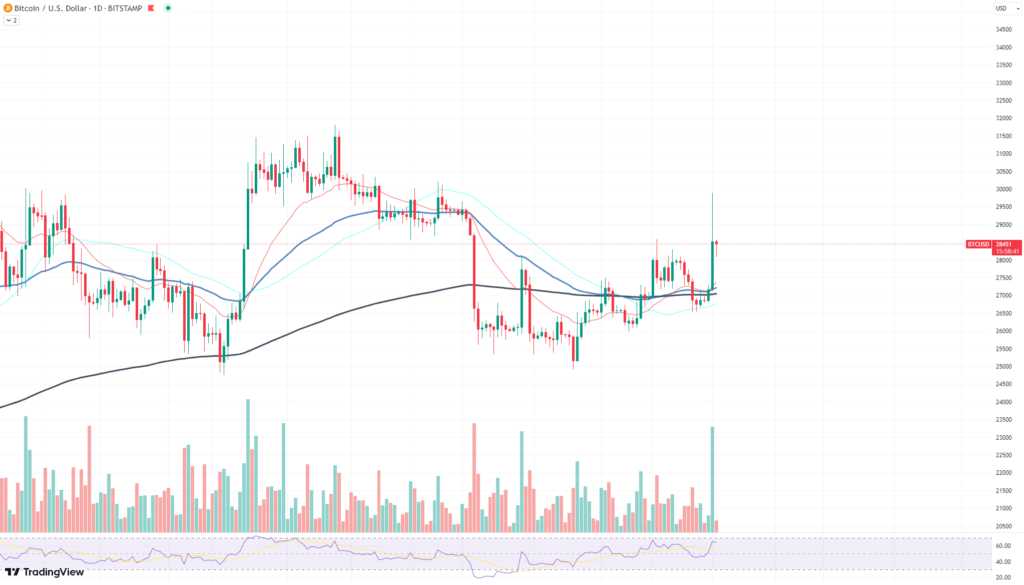
Whale behaviour has always been strongly related to the intriguing dance of the price of bitcoin. These large-scale Bitcoin investors are acting more actively, frequently with the capacity to affect market sentiment. The proof? The average holding duration for transacted BTC has lately dropped to only four months, suggesting that long-term Bitcoin holders have received a significant wake-up call.
This increase in activity is clearly shown visually in the charts. on the past, this four-month holding phase was most prominently recorded on January 22, following a large bull market, and earlier in July 21. The juxtaposition of the two incidences with crucial market events, notably capitulation events, made them both memorable.

Such patterns often denote a phase in which investors decide to sell their assets after holding them for a lengthy period of time, frequently in response to market concerns or in an effort to limit future losses.
One can question the necessity of this uptick in long-term holders’ behaviour. Increased mobility among these holders has historically coincided with large price changes, either upward or downward.
Specific tendencies may be seen if we look at the related Bitcoin price chart. After these active long-term holding periods, the price movement exhibits increased volatility. Although it might be challenging to prove causality in the financial markets, the relationship between whale activity and price movement is undeniably persuasive.
What does this mean for the typical holder, though? With the potential impact of whale activity, substantial price changes can happen quickly with little space for defensive measures.


















